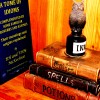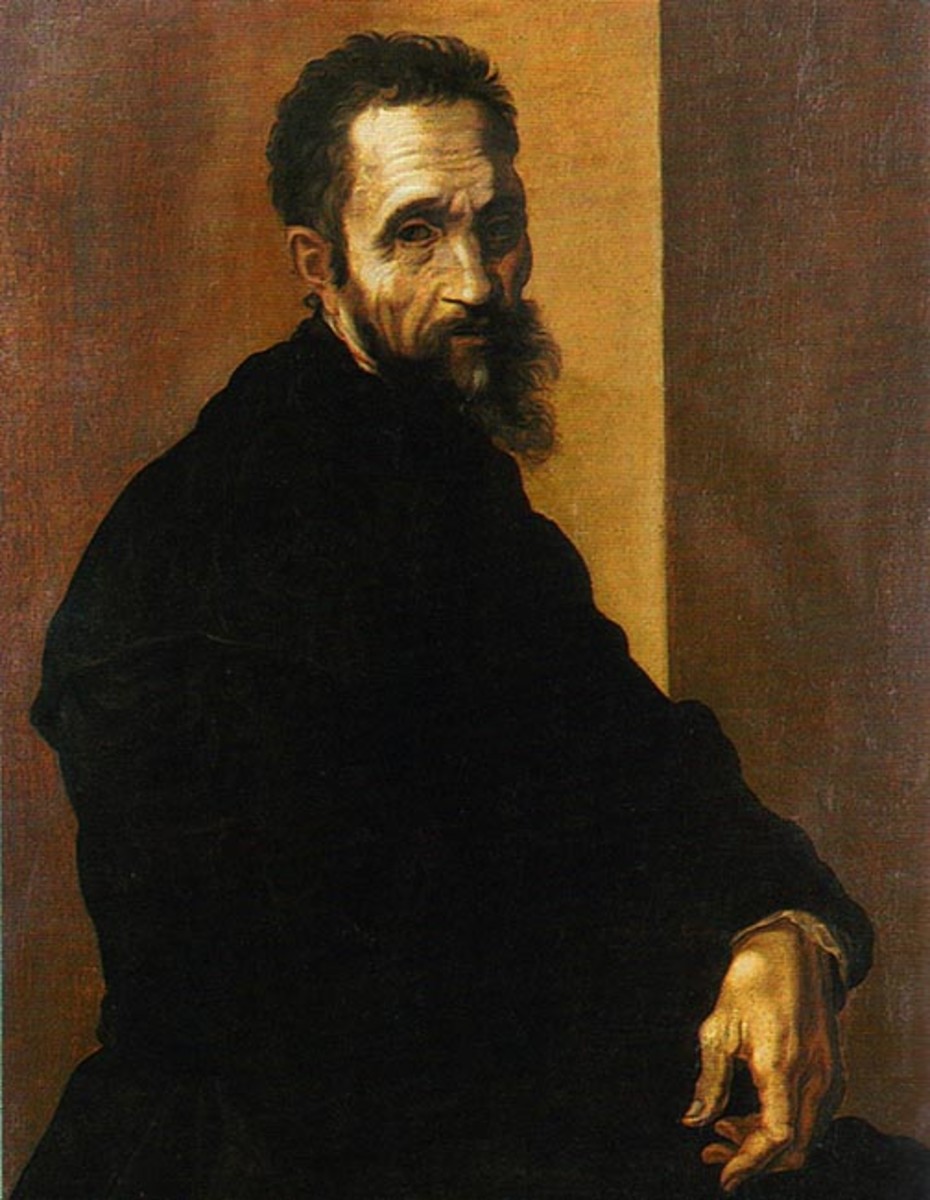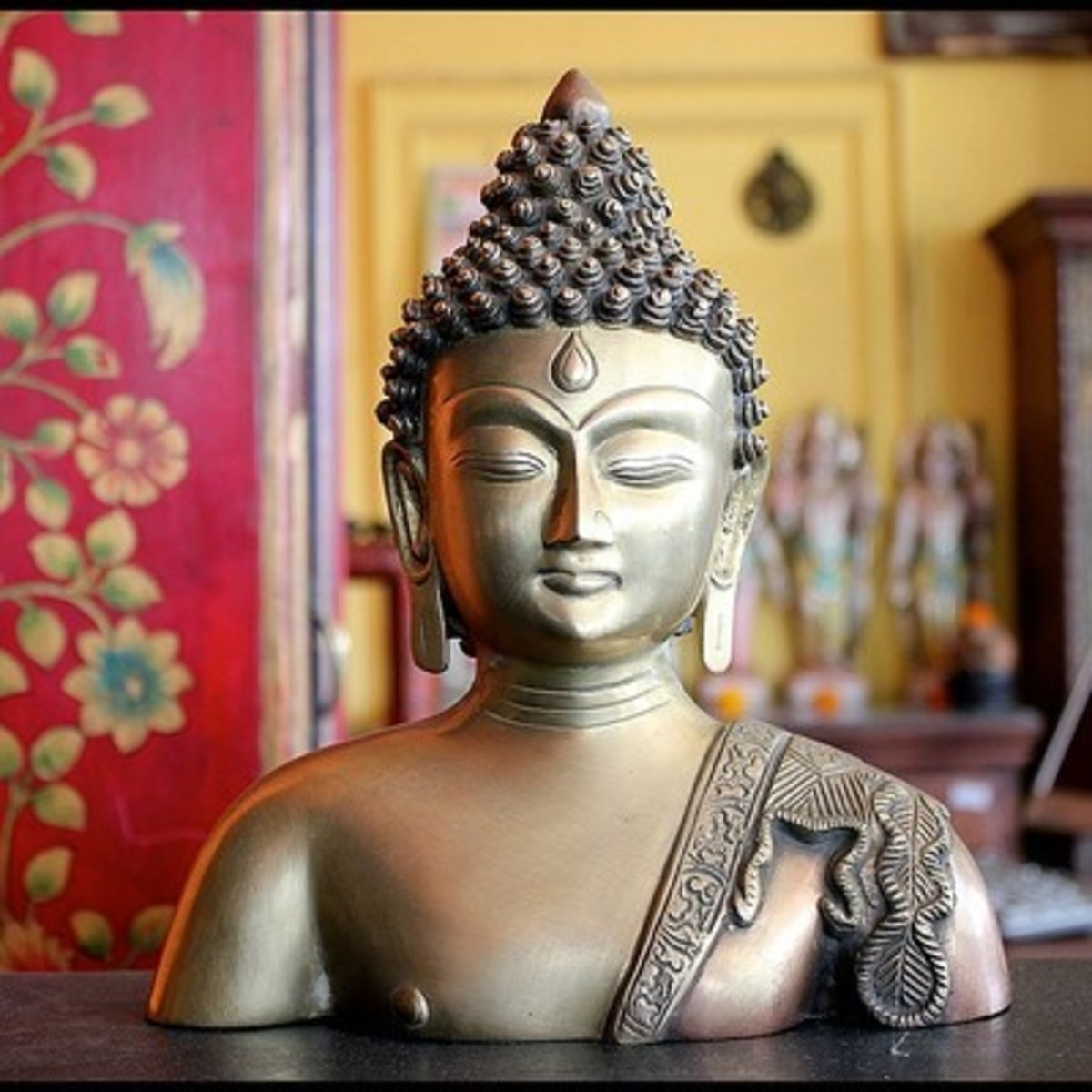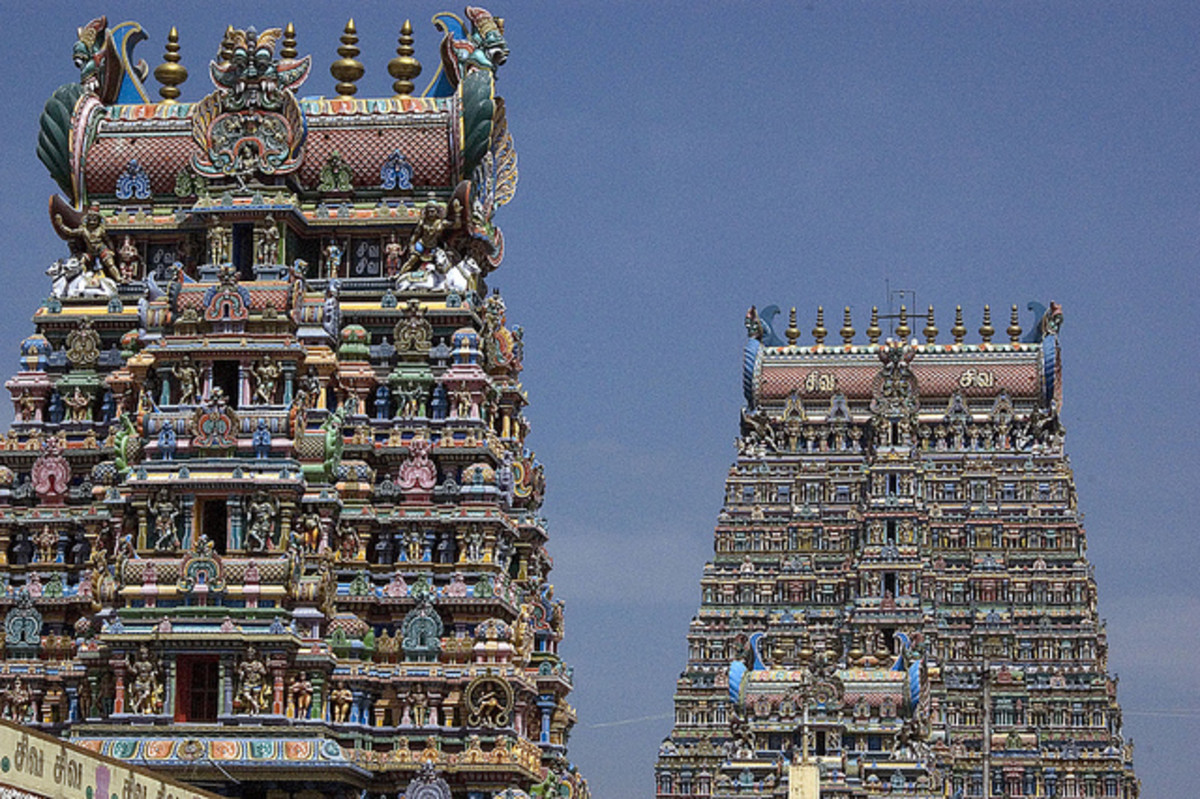Who was Auguste Rodin?
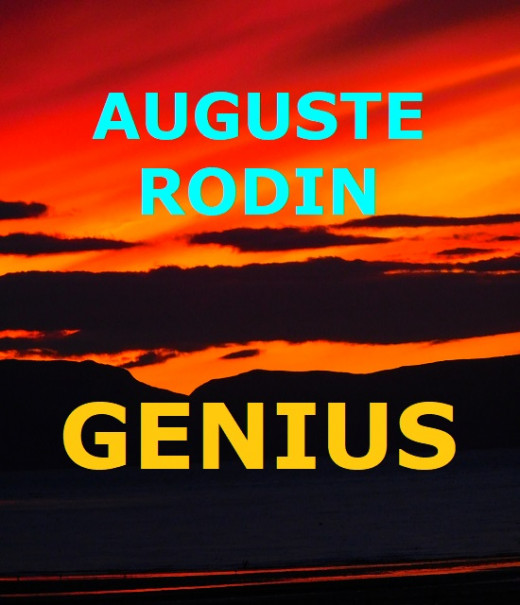

Auguste Rodin's Life and Works
Auguste Rodin was born on November 12th 1840 and is widely regarded as one of the greatest pioneering sculptors of the 19th century. He was celebrated as a remarkably creative artist who broke new ground in sculpture.
He honed his skills of observation, painting, drawing, decorating and sculpting from the age of 14. He had many set backs in his early life being refused entry into the Ecole des Beaux-Arts in Paris having failed the entrance exam three times, the death of his sister in 1862 which deeply affected him and the rejection of some of his early works by the establishment.
One of his positive influences was, as he put it, his “discovery” of Michelangelo during a visit to Italy in 1876 which became a decisive moment in his career.
The greatest years for his creations and his work are considered to be between 1880 and 1889.
In 1880 he moved into his first studio in Paris, which he kept until he died. It was the year the French Government purchased a cast of The Age of Bronze. He also started on his great work The Gates of Hell which continued for the rest of his life constantly being reworked, rearranged and modified.
In 1881 the French Government purchased a bronze cast of Saint John the Baptist. He also modelled the figures of Adam in plaster and Eve and the original smaller version of The Thinker in bronze.
1882 was when Rodin designed the first version of what was to be later known as The Kiss. It fitted onto the lower left door of his epic work The Gates of Hell and remained there until 1886.
During 1885 the city of Calais commissioned a monument to commemorate Eustache de Saint Pierre which later became known as the Monument to the Burghers of Calais which was unveiled in 1895.
In 1886 the city of Santiago in Chile commissioned the Monuments to Benjamin Vicuna Mackenna and General Lynch.
1888 was the year the French Government commissioned a marble version of The Kiss.
During 1889 Rodin received commissions for the Monument to Claude Loarrain and the Monument to Victor Hugo unveiled in Geneva in 1896.
From 1890 until his death he continued to work on his commissions as well as his bronze The Gates of Hell. Other commissions during that time were in 1891 a Monument to Honour Balzac, in 1894 the Monument to Sariento to be erected in Buenos Aires in Argentina and in 1899 the Monument to Pierre Puvis de Chavannes.
The year 1900 marked what was considered to be the height of his success as an artist. The elite of Europe paid homage to him by showing his work at the Paris World Exposition. His fame and commissions of work continued to grow and he was said to have been employing almost 50 assistants during this time.
In 1916 Rodin suffered a stroke which left him seriously ill. He died on November 17th 1917 and was buried in Meudon (in the southwest suburbs of Paris) beside his wife, Rose Beuret, who had died 10 months earlier. Rodin only married her two weeks before her death. There is a large scale replica of The Thinker placed next to their tomb.
Rodin’s Five Most Famous Sculptures
The Kiss, The Thinker, The Burghers of Calais, The Gates of Hell and The Age of Bronze
The Kiss
The Kiss, perhaps Rodin’s most famous work, is a larger than life marble sculpture of an embracing couple completed in 1898 and displayed to the public to general acclaim.
It was originally created by Rodin as a half-life size bronze in 1882 and later he was commissioned by the French government in 1887 to make a larger than life version in marble.
The figure was removed from part of a group of reliefs decorating Rodin’s massive plaster cast of The Gates of Hell, based on Dante’s poem The Divine Comedy, originally commissioned for a planned museum of art in Paris, as he thought it’s depiction of happiness did not fit in with the theme of the project.
The lover’s lips do not actually touch in the sculpture. It has been suggested that this signifies that they met their end without their lips ever having touched. It was considered rather erotic for its time which made it rather controversial.
The name was given to the sculpture by the public and was quickly adopted by all as a fitting title.
Such was the draw of The Kiss that three full size marble versions were made during Rodin’s lifetime and he also made smaller versions in plaster, bronze and terracotta. There were also hundreds of bronze copies made by the Barbedienne foundry in Paris. These are displayed in various museums around the world.
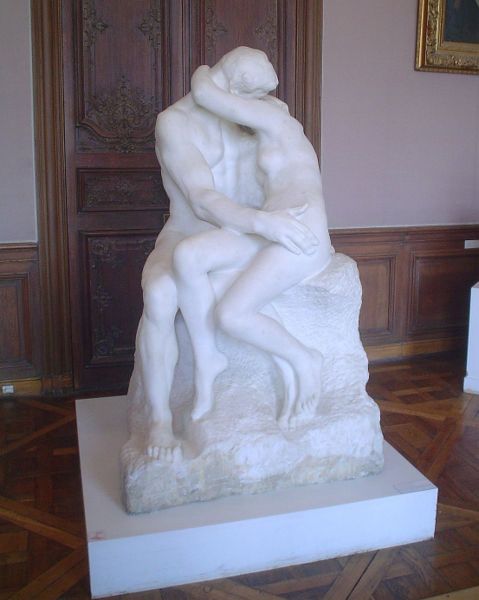
The Thinker
The Thinker is a larger than life bronze sculpture on a marble pedestal cast in 1902 and first displayed to the public in 1904.
It is considered to depict variously, a man in sober meditation, a man lost in thought, with a tortured body, a man with a great capacity for action, battling with a powerful internal suffering, determined to transcend his suffering through poetry, and is often used to depict a free-thinking man.
Originally name The Poet it was, like The Kiss, originally part of his commissioned work of a vast bronze doorway entitled The Gates of Hell based on Dante’s The Divine Comedy.
The name, The Thinker, was given to the sculpture by foundry workers due to its similarity to Michelangelo’s statue Lorenzo de Medici.
There are around 24 original castings in museums around the world as well as various other versions and studies of various sizes in plaster and bronze.
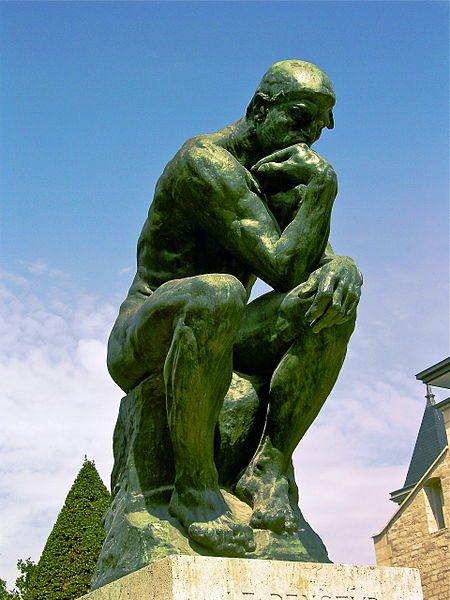
The Burghers of Calais
The Burghers of Calais was completed in 1889 it served as a monument to the time in 1347 when after a year long siege of Calais six of the City’s top citizens agreed to sacrifice their lives and hand over the keys to King Edward III in order to save the rest of the people trapped inside.
The idea of heroic, collective sacrifice, and the individual emotions of men on the verge of death, was captured by Rodin in the sculpture.
The first cast of the work still stands in Calais but there are twelve other casts, apparently the maximum allowed under French law, of the piece in various sites around the world.
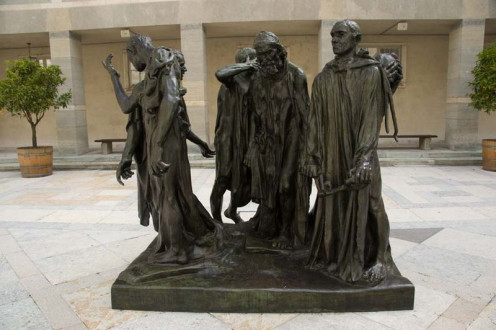
The Gates of Hell
Rodin began work on The Gates of Hell in 1880. Commissioned by the French Directorate of Arts the work was to be a vast bronze doorway based on Dante’s epic poem The Divine Comedy.
He created over 200 figures and groups for the work which stands 6 metres (20 feet) high, 4 metres (13 feet) wide, and 1 metre (3 feet 3 inches) deep.
He hoped to display the plaster sculpture in 1889 but never did and stopped the main work on it around 1890, Although he did continue reworking, rearranging and modifying the piece up until his death.
He did finally display the work in 1900 at his first solo exhibition in Paris but, since he had given up the idea of mounting some of the figures they were shown in a fragmented state.
It was not until 1917 that Rodin was persuaded by Leonce Benedite, the first curator of the Musee Rodin, to allow him to reconstruct the masterpiece and have it cast in bronze. Rodin died before seeing the results of his many years of work.
There are unfounded rumours that Benedite placed the plaster casts in different arrangements than what Rodin would have wanted as he felt they looked better that way.
The three 1917 original casts are in the Musee Rodin in Paris, the Rodin museum in Philadelphia and the National Museum of Western Art in Tokyo.
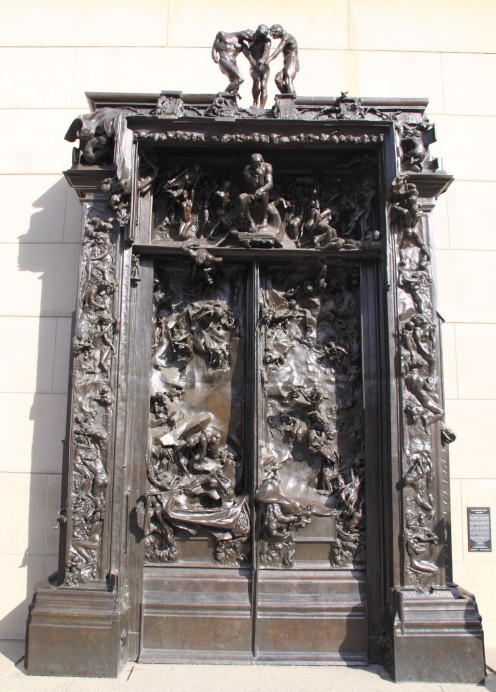
The Age of Bronze
Rodin created the figure of a life-size nude male titled The Age of Bronze in 1876 while in Brussels.
Also known as The Awakening Man or The Vanquished One it portrays the early ages of mankind, originally with a spear in its hand which was removed by Rodin to show the arm free. The sculpture showed the natural ability Rodin had to portray movement and feeling.
He started work on the bronze in 1875 and then in early 1876 he visited Italy and met Michelangelo who he said “let him in on a few of his secrets”. On his return from Italy he completed his statue probably with some encouragement from Michelangelo’s “secrets”.
Strangely when it was first shown in Belgium and then at the Salon in Paris there were accusations made that he had cast the figure using a living person. Though Rodin was deeply offended by these remarks and vigorously denied the allegation it did generate massive publicity for the piece.
Casts of the statue can be found in various museums around the world.
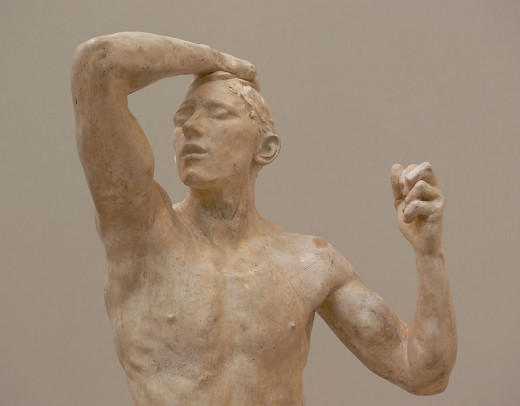
Rodin Museums
The official Rodin Museum is the Musee Rodin in Paris and was opened in 1919. There are two sites the main one being at the Hotel Biron in central Paris and the other just outside Paris at Rodin’s former home the Villa des Brillants in Meudon.
The collection includes 6,600 sculptures, 8,000 drawings, 8,000 photographs and 7,000 objets d’art.
The museum contains most of Rodin’s significant works including The Thinker, The Kiss and The Gates of Hell as well as many works by other artists, such as Monet, Renoir and Van Gogh, as Rodin was a prolific collector.
There is a Rodin Museum in Philadelphia, Pennsylvania in the United States which opened in 1929. It contains over 140 bronzes, marbles and plasters, representing every part of Rodin’s career.
^^^^^^^^^^^^^^^^^^^^^^^^^^^^^^^^^^^^^^^^^^^^^^^^^^^^^^^^^^^^^^^^^^^^^^^^^^^^^^
@ 2013 Brian McKechnie (aka WorldEarth)
